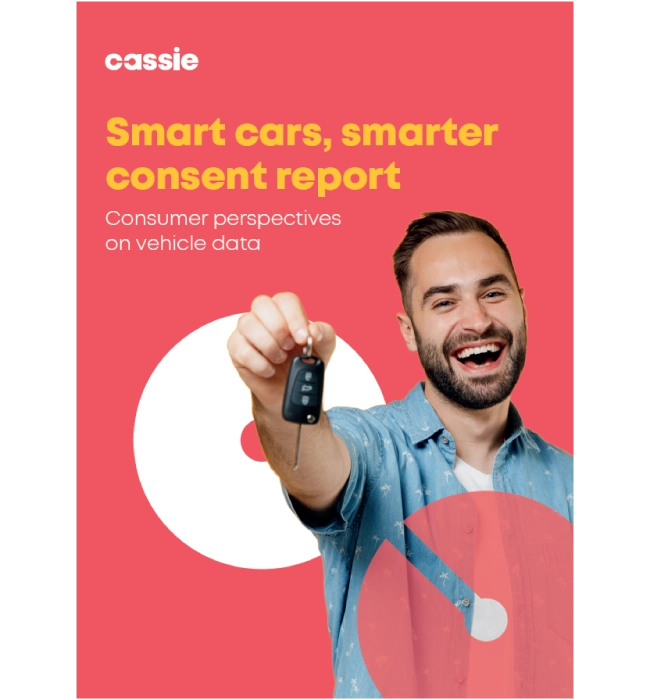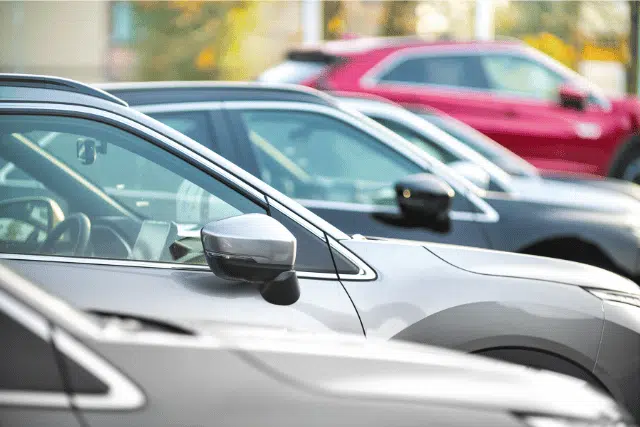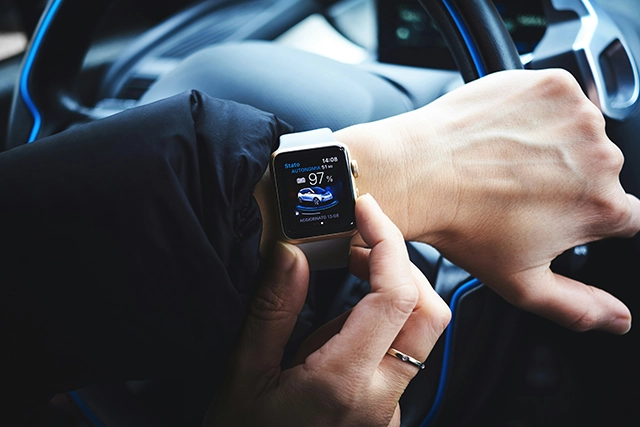Understanding California’s new car privacy law, SB 286
Posted: March 5, 2024
California Governor Gavin Newsom signed SB 286 on 13 October 2023, bringing new rules about the manufacture, sale, and leasing of cars with in-vehicle cameras.
Here’s what you need to know about California’s new car privacy law.
In-car camera transparency rules under SB 286
Both manufacturers and dealers have transparency obligations under SB 286.
Manufacturer’s transparency obligations
Car manufacturers operating in California must disclose the presence of any in-vehicle cameras in the owner’s manual. If the cameras don’t come as standard, the manufacturer must disclose this in a document provided to the dealer.
Dealer’s transparency obligations
Any dealer selling or leasing a new vehicle must “prominently inform” the customer if the vehicle has an in-vehicle camera during the sale.
Before executing the contract for the sale or lease of a car with in-vehicle cameras, the dealer must provide a disclosure that meets the following four requirements:
1. The disclosure must be contained in a single document or website separate from any other notice or contract.
2. The disclosure must be signed by the customer or their agent, either in writing or electronically.
3. The disclosure must contain the following text:
“This vehicle may be equipped with an in-vehicle camera capable of recording the driver and other individuals inside the vehicle. For more information about the in-vehicle camera please consult your automotive dealer, the vehicle manufacturer, or the vehicle owner’s manual. The manufacturer is required to notify the dealer about an in-vehicle camera in the owner’s manual, specification sheet, or other document. A buyer or lessee of a vehicle has a right to review the owner’s manual or any other provided document prior to purchase to determine if an in-vehicle camera exists. For more information about the in-vehicle camera, please consult your automotive dealer, the vehicle manufacturer, or the vehicle owner’s manual. If a manufacturer or other person or entity obtains or shares any video or photographs without your consent and in violation of law, they may be subject to legal action, including, but not limited to, via a county district attorney, the state attorney general, or otherwise as described in Sections 22948.51 and 22948.55 of the Business and Professions Code.
By law, signing this acknowledgment form does not waive any rights of the user or constitute consent to a manufacturer to share, sell, or retain any images or videos captured by the in-vehicle camera.”
4. The disclosure must include a box that requires the customer to acknowledge that they’ve read the above statement and understand that they have the right to review the owner’s manual and any other information about the cameras.
In-car photos and videos: Prohibited practices
Regarding the photos and videos taken by in-car cameras, SB 286 bans certain activities and places strict conditions on other activities.
SB 286 states that any image or video “collected or retained” by an in-car camera may not be:
- Used for advertising, or
- Sold to a third party.
Sharing in-car photos and videos with a third party
Photos and videos collected or retained by an in-car camera may only be shared with a third party under certain conditions.
1. Affirmative consent
Sharing of photos and videos may occur if the user has provided affirmative consent, provided that:
- The recipients of the images do not:
- Use them for purposes other than those to which the user has consented, or
- Retain the images for longer than reasonably necessary, and
- The user receives “clear, meaningful notice” about:
- Who will receive the photos, and
- The purpose of the sharing.
2. Troubleshooting
Images may be shared with a third party to the extent necessary to:
- Diagnose, service, or repair the in-vehicle camera or associated equipment, or
- Improve relevant portions of a vehicle’s safety system.
Again, the recipients of the images must not:
- Use them for purposes other than those to which the user has consented, or
- Retain the images for longer than reasonably necessary.
3. CCPA requests
Images may be shared if necessary for the consumer to exercise their rights under the California Consumer Privacy Act (CCPA).
4. Law enforcement investigations and court proceedings
Images may be shared without consent in relation to court proceedings or following a valid request by law enforcement.
Retention of images
Photos and videos collected via an in-vehicle camera must only be retained in the vehicle itself unless:
- The user has provided affirmative consent, or
- The images are retained only to the extent necessary to:
- Diagnose, service, or repair the in-vehicle camera or associated equipment, or
- Improve relevant portions of a vehicle’s safety system.
Right to revoke consent
A user who provided their consent for one of the above purposes has the right to revoke consent. The person who obtained the consent must:
- Provide a free and accessible mechanism enabling the consumer to revoke their consent,
- Delete any images as soon as practicable and within 30 days of the consumer’s consent revocation, and
- Not discriminate against any user who revokes their consent, for example by denying them services or charging more for services.

Download Smart cars, smarter consent research report
Explore the latest insights on consumer perceptions of data privacy in connected cars, where we surveyed over 600 U.S. consumers. This report discusses concerns about automotive data privacy. We also consider:
- The types and extent of data that is collected by smart vehicles
- Steps that manufacturers can take to build customer loyalty and trust
- The demand for greater data transparency within the automotive industry
- The emphasis on anonymization in data practices

